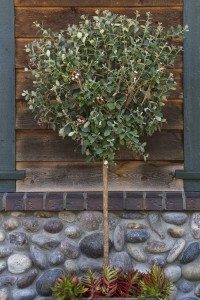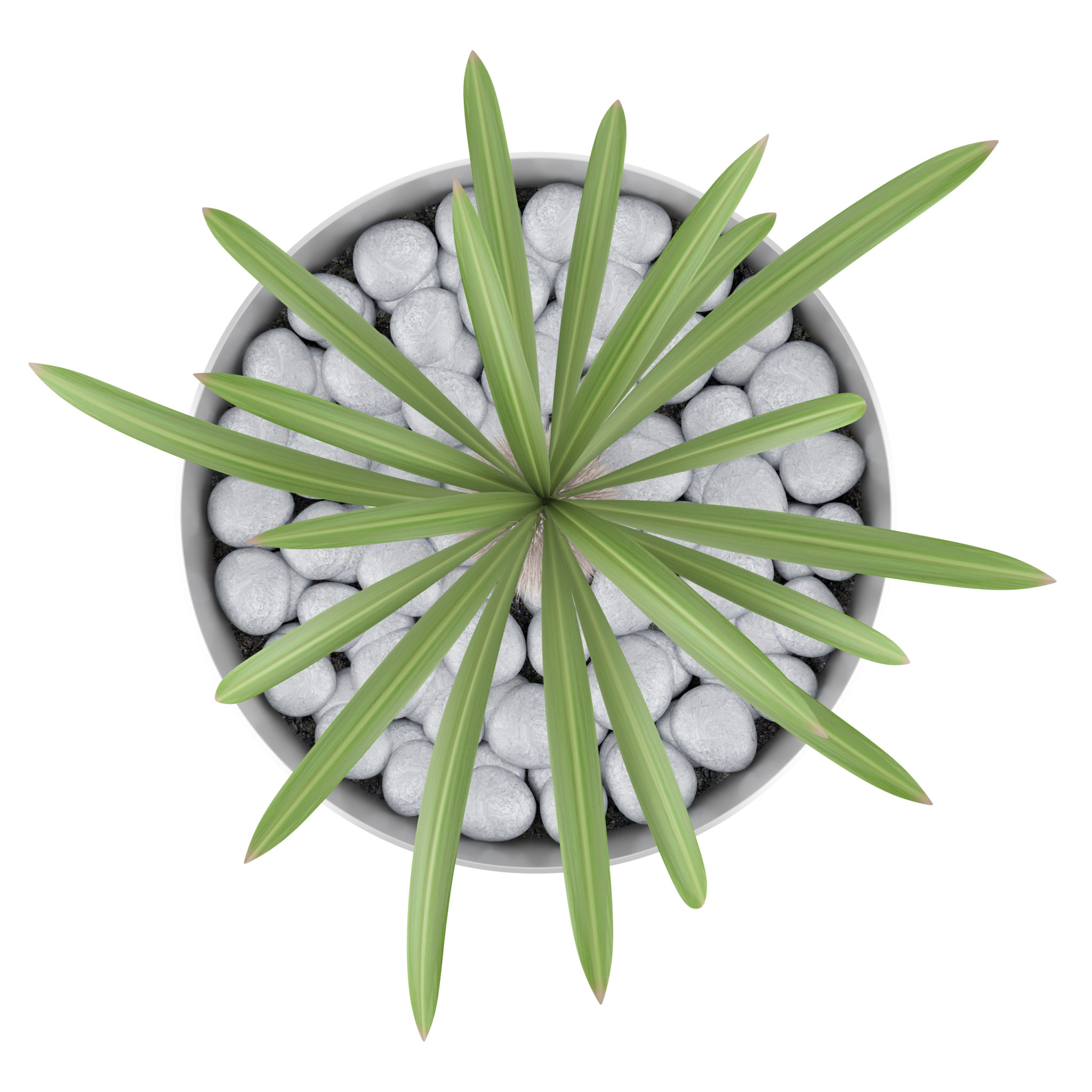By Annie Spiegelman
This month, gardeners will prepare physically and emotionally for the long, dry summer ahead. If you’re craving some large plants to fill an empty space in your yard, I’d recommend you wait until the fall to plant. But if you’re impatient, like me, and just cannot wait, I’m sharing three of my favorite drought-tolerant shrubs with you. You will need to water them regularly this summer and pamper them for the first six months till they are established. After that, they will require very little water and attention.
These overachievers all thrive in my sunny backyard here in Marin without me doing much. They can handle the heat, bloom profusely and ask little of their caretaker. Conversely, those non-native, perpetually hungry, thirsty and needy plants which invite you to Loser Land, are to be avoided no matter how loud they call your name and flirt with you at the nursery. Stand strong, comrade! Stop being so fickle. You don’t want to be in a codependent relationship with your plants. Trust me. It’s filled with guilt, regret and unnerving silence.
- Pineapple Guava (Feijoa sellowiana)
This evergreen (stays green with leaves year-round, yippee!) shrub has greenish-gray leaves with pink-red blossoms showing off in the late spring and then turning into green, egg-shaped fruits in the early fall. They look like small avocados and taste delicious. This plant can be trained along a fence, grown as a large hedge or pruned into a tree. It is very drought-tolerant and pest-free. Feijoa has best fruit production when there are 50 hours of winter chill.

‘Pineapple Gem,’ ‘Beechwood,’ ‘Mammoth,’ ‘Nazemetz’ and ‘Trask’ are all self-fruitful. (Planting a cross-pollinizer will result in a heavier crop, but I have done extremely well at my two school gardens and my own backyard with only one plant.) ‘Nikita’ is a dwarf variety that can be planted in a container.
In the fall, the fruit will drop on the ground and can get messy, but that just means that you have to eat a lot and share with friends. Plus, it can take a year or two till you actually produce fruit, so don’t let that concern you. You may have to call your local nursery and have them order it, as it’s not always in stock. However, I’ve heard that they are available now at Urban Tree Farm in Santa Rosa.
- Asian Moon Summer Lilac (Buddleja ‘Asian Moon’)
This newer Butterfly Bush is similar to the common one with its arching canes bearing long, narrow cones of tiny, deep purple or mauve flowers at their tips. However, this new variety has longer-lasting flowers, an extended bloom season and is more drought-tolerant than its predecessors. But best of all, Asian Moon is sterile, meaning that it does not set seed. Why should this make you happy? Butterfly Bush is an invasive plant from Asia, meaning that it outcompetes and crowds out beneficial native plants that have been growing naturally in our community for centuries. (Butterfly Bush sales have actually been banned in 20 states.) This variety was developed and introduced in 2006 by Dr. Jon T. Lindstrom, associate professor of horticulture at the University of Arkansas. His goal was to breed non-invasive plants with other useful traits like drought tolerance.
You’ll need to water moderately, weekly or more, often in extreme heat, but once established it will need minimal water. This flowing and showy plant reaches 3-7 feet tall and 3-5 feet wide. Cut back in early spring to its ankles. It will bounce back a month or two later.
Growing requirements: Full sun or light shade, amended soil. Only drawback? Some can be prone to aphids, budworms and earwigs chewing the leaves. But don’t let that deter you. I have three of them in my yard. The leaves can get chewed a bit in the spring, but that doesn’t stop the plant from producing a plethora of gorgeous, scented flowers that attract butterflies throughout the summer.
- ‘Hot Lips’ Sage (Salvia microphylla)
This outstanding shrub thrives in hot, drought conditions and lends a decidedly cottage garden look to your yard. It asks for very little care. It just wants to please you and make you proud. Hummingbirds, butterflies and a host of beneficial insects that reduce pest populations are attracted to it, and best of all it is pest-free, deer-resistant and very drought-tolerant. It’s a fast grower, usually spreading to about 3 feet wide and tall. I have one in my front yard in part sun, and it has spread to double that size without any fertilizing; just love and a couple of sprinkles of compost every so often.
It blooms in late spring through summer with two-toned small, red and white tubular flowers. It’s best to give it a hard pruning in early spring or it will start looking too ragged. I cut off about half of it each year—the side that hangs over the walkway—and it comes back ready to please. Fortunately for us, they are very forgiving plants.
Not crazy about this particular species of sage? In her book, The New Book of Salvia: Sages for Every Garden, Salvia expert and California author Betsy Clebsch, says that there are 900 species of salvia for you to choose from! Why do we heart them so? Because many are medicinal, most have a strong herbal fragrance and attract pollinators and most of them thrive in our Mediterranean climate. “Salvias are a major source of nectar for hummingbirds, and those with red blooms are the ideal lure with their long, tubular flowers,” Clebsch says. “Many species of butterflies feed on salvia nectar and pollen, while birds such as goldfinches relish the nutritious seeds. I believe that once you’ve grown salvias you will always have space for more in your garden.”
Lastly, if you haven’t heard, we are in a mega-drought! Turn off your lawn sprinklers, especially the ones watering the sidewalk. Set your drip irrigation timers to watering a few times a week—not every day. Most importantly, get yourself some compost and mulch. Surround all of your plants with a 2-inch layer of compost and a 2-inch layer of mulch on top of that. (Leave some air around the base of the plant. Don’t suffocate them.) Compost and mulch will shade out some hot sun and act as a sponge to retain water so it hangs out at your plant’s roots. Finally, don’t you let me catch you watering your garden in the middle of the day! A good chunk of that water will evaporate into the air. Water early in the morning, before the sun is up high. Your plants will be healthier and your water bill won’t make you cry.
Tell Annie how much water you’ve saved at th*********@*******nk.net.








